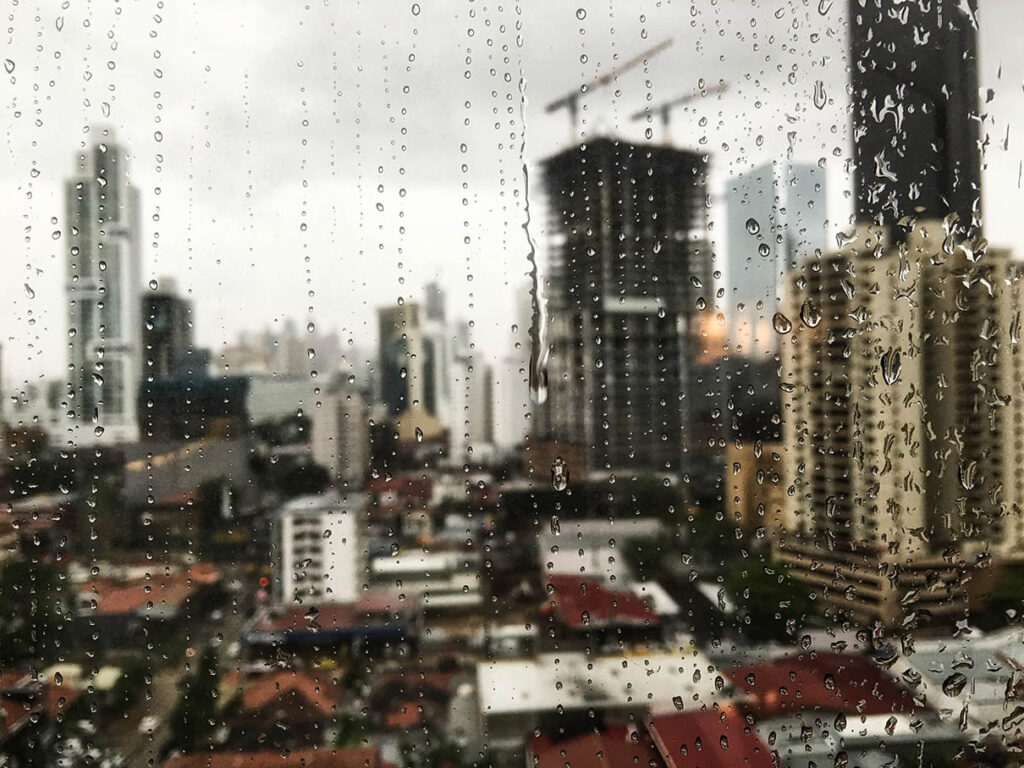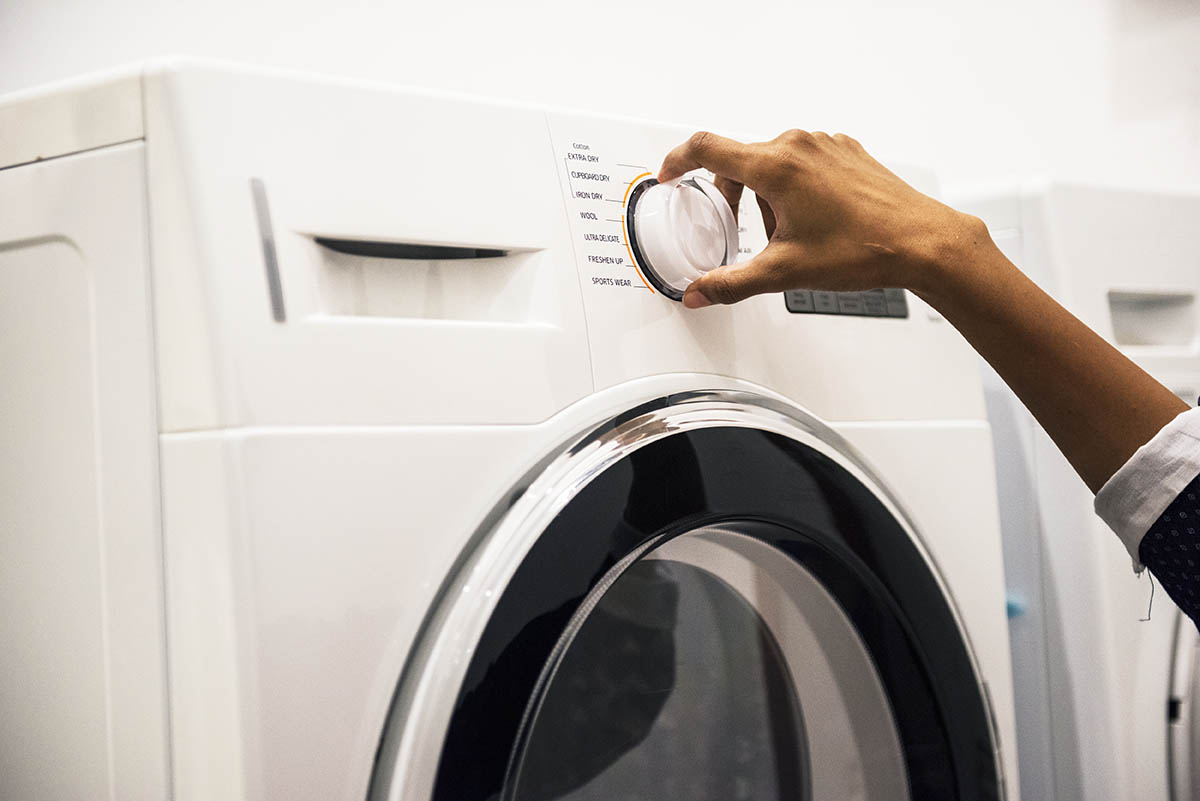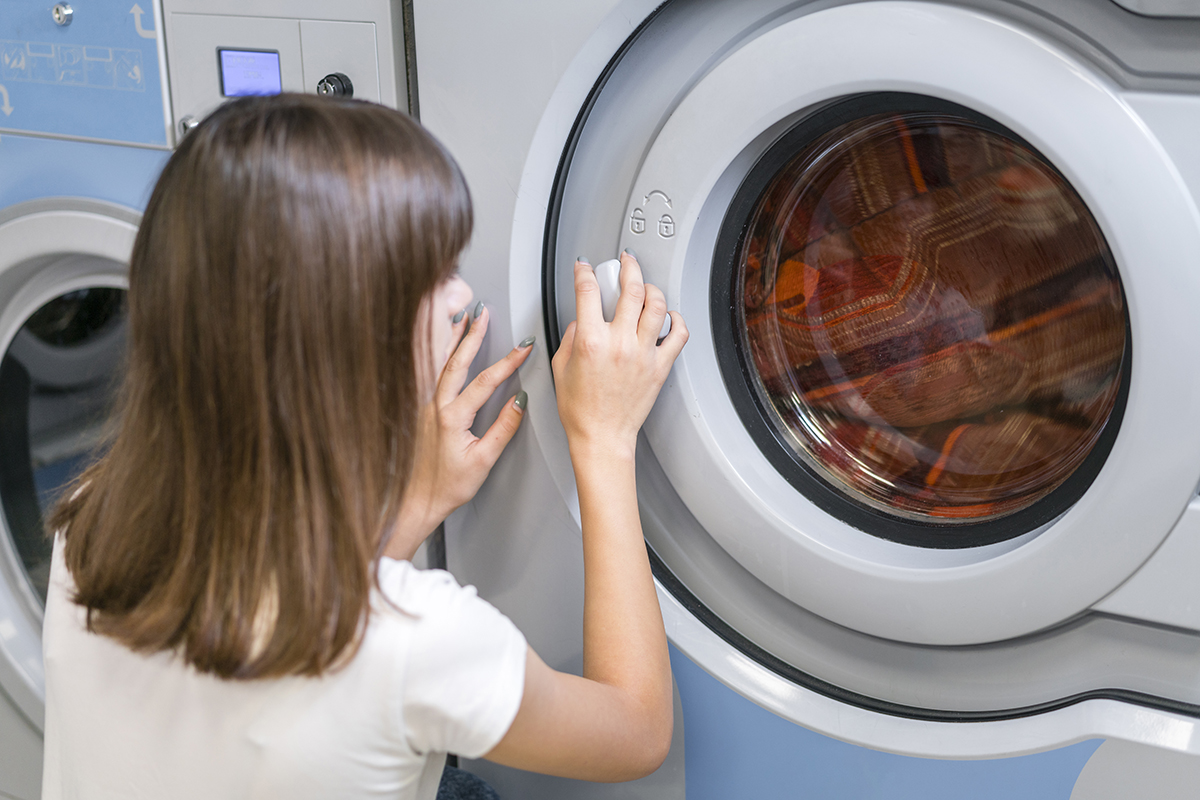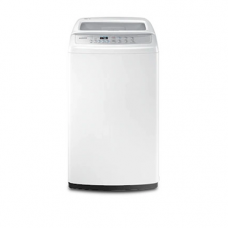
6 Laundry Mistakes to Avoid This Rainy Season
Doing your laundry can be more challenging during the rainy season. Due to the gloomy weather, your clothes will take longer to dry and are more prone to developing musty odors. That’s why on days when the skies aren’t gray, it’s best to do your laundry as quickly as you can to take advantage of the sunlight before it starts pouring again. Unfortunately, you’re more likely to make mistakes when you do your laundry in haste. You might forget to add the fabric softener at the right time or leave a sock in your washing machine after unloading your last batch.
That’s why it’s a good idea to familiarize yourself with the six common mistakes you can make when washing your clothes during the rainy season. This way, you can avoid making them and keep your clothes in good shape.
Using a Dirty Washing Machine

When was the last time you cleaned your washing machine? If your answer was several months ago, then don’t load your clothes into it just yet. A dirty washing machine is a perfect environment for mold and bacterial growth, as well as grime buildup. If you continue to wash your clothes in a filthy washing machine, your clothes can get stained and come out smelling bad. That’s why you have to make it a habit to clean your washing machine regularly. You can use the machine’s tub clean setting to get the job done. However, you have to manually inspect the lint trap and remove the lint to ensure a complete tub clean.
Washing in Large Batches
Since it can be rare to get a sunny day during the rainy season, you have to work smart when doing your laundry. Even if you have to tackle a large batch of clothes ahead of you, it’s better to do your laundry in batches. This way, your clothes won’t crowd the drying area and have little space to air out during a sunny day.
It’s important to make sure that your clothes have enough room in the drying area to properly dry. However, with so many clothes to take care of, you might not know where to start. To make the task easier, it’s good to sort your laundry items in order of importance or what you need the soonest. For example, you can start with your office clothes and underwear on the first day and then your casual clothes on the next.
Not Removing Stains Before Washing

Even though your washing machine is designed to wash your clothes, it can have a difficult time removing certain types of stains. Mud stains are most common during the rainy season and are tough to remove from your clothes, so you need to deep clean them first. In case soil particles have caked into the fabric, placing the muddied garment in water together with your other clothes can spread the stain even further.
If the stain has dried, use a soft brush to gently remove any soil stuck to the fabric. Be careful not to rub it in, as this can cause even more staining. Before adding the garment to your laundry load, pre-soak it in a warm water and detergent solution so the stains can be easily lifted. You can also directly rub liquid laundry detergent into the fabric and let it sit for a few minutes before washing it out. These methods can help your washing machine get the stains out completely and restore the pristine look of your clothes.
Leaving the Laundry in the Washer or Dryer
Never forget to take your clothes out of the washing machine or dryer right after the cycle finishes. Even though the clothes have been thoroughly washed, the remaining moisture in the washing machine can cause them to develop unpleasant odors if they are left in the chamber for more than a few hours. Move the wet clothes into your drying area or place them into the dryer and follow the same rule. After the clothes have been dried, take them out of the dryer immediately to prevent creases from setting in.
Not Allowing the Clothes to Fully Dry
In a sudden downpour, you can’t help but collect your clothes from the clothesline, even though they aren’t completely dry yet. Although this saves your laundry from getting completely soaked, it’s still not a good idea to put them back in the closet right away. Storing damp clothes doesn’t only ruin your garments, but it can also create a funky smell in your closet.
If your washing machine has a spin setting, run this cycle to get rid of the excess moisture. Although this setting doesn’t completely dry the fabrics, it can help your clothes dry quicker. Hang damp clothes indoors near a window or place them in front of an electric fan to encourage air circulation and speed up the drying process.
Stalling to Put Your Clothes Away
It may be tempting to spend the rainy day just napping in bed, but the work isn’t done just yet. Once your clothes are completely dry, fold them neatly and place them back into your closet as soon as possible. Leaving them in a basket or on the table will expose them to dust, dirt, and other pollutants. Eventually, they’ll get dirty again, wasting all your efforts to have them properly washed and dried. Immediately placing them back in the closet also keeps your home clean and organized, so you can rest with peace of mind after a long day of doing your chores.
The rain may put a damper on your laundry day, but it doesn’t mean that you should be careless with your clothes. It’s important to take a lot of care when washing your clothes, especially during the rainy season, so they can stay in good condition and smell fresh longer.













